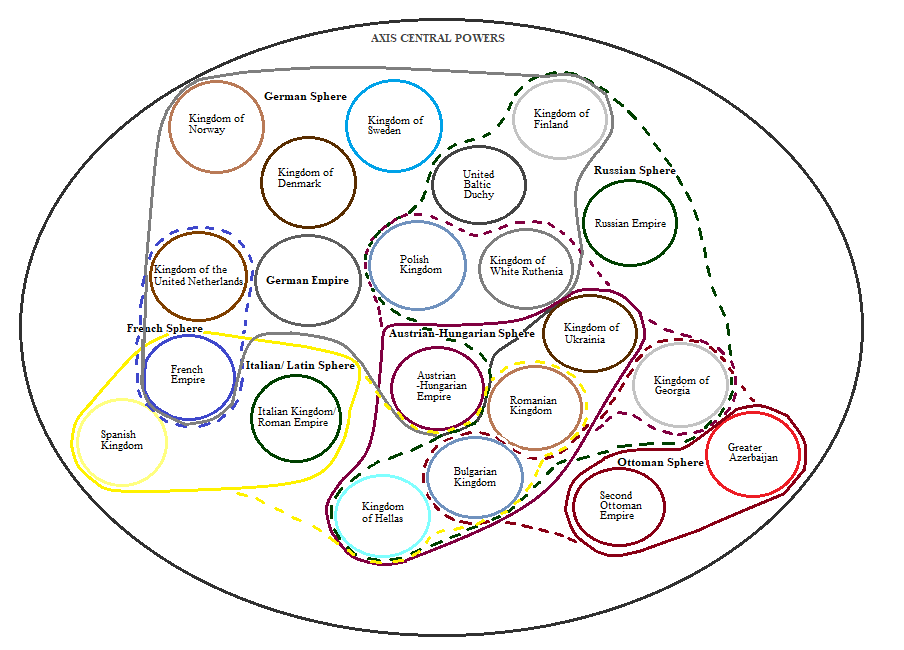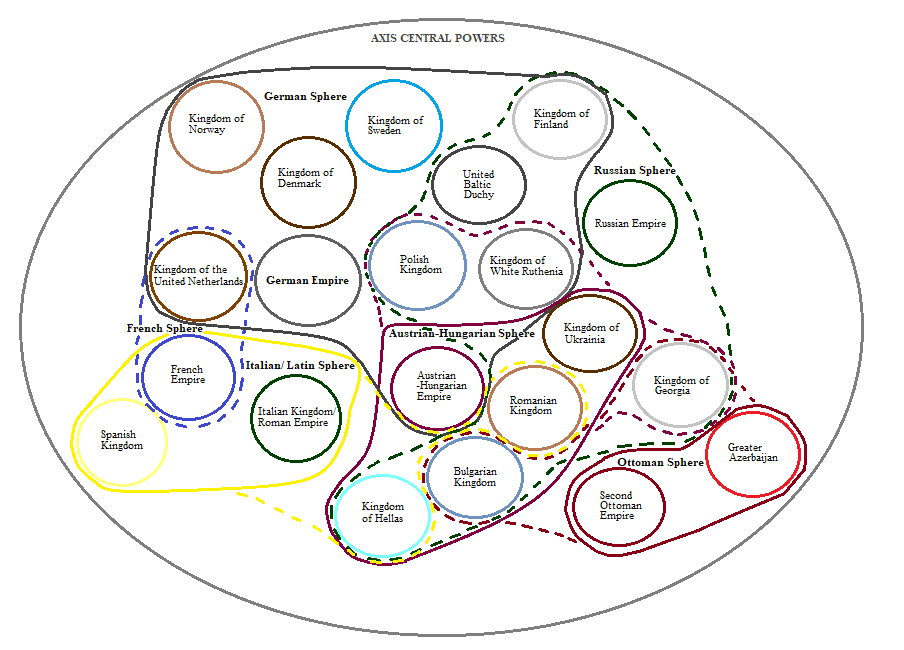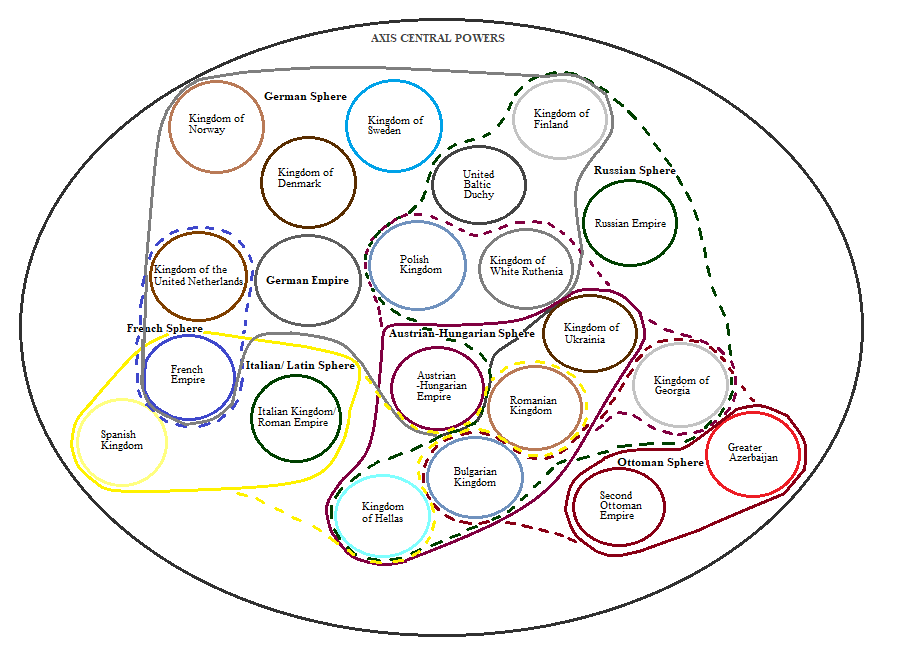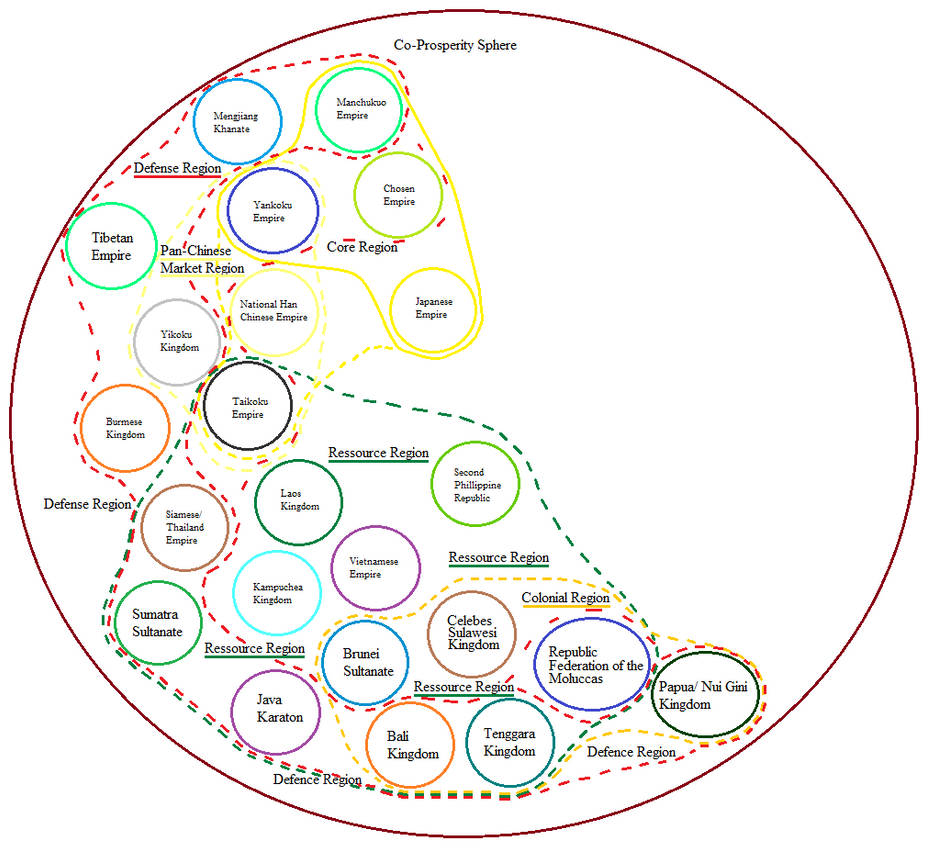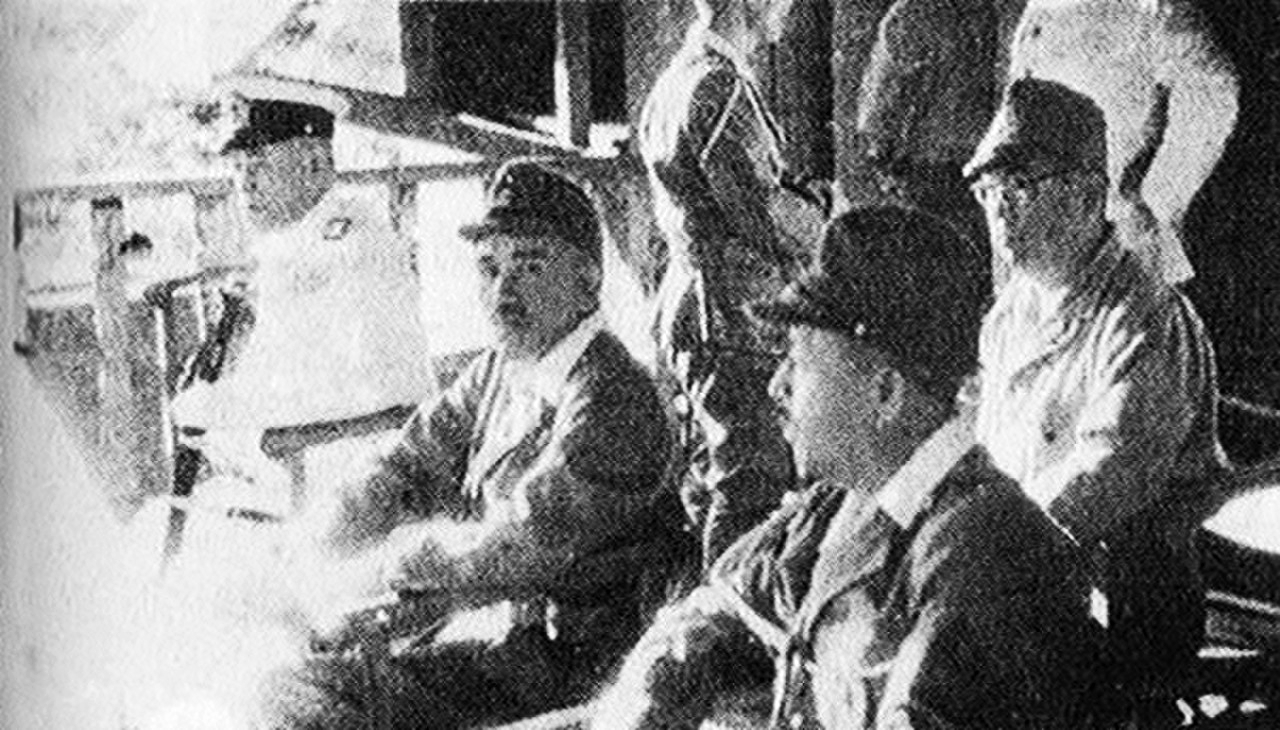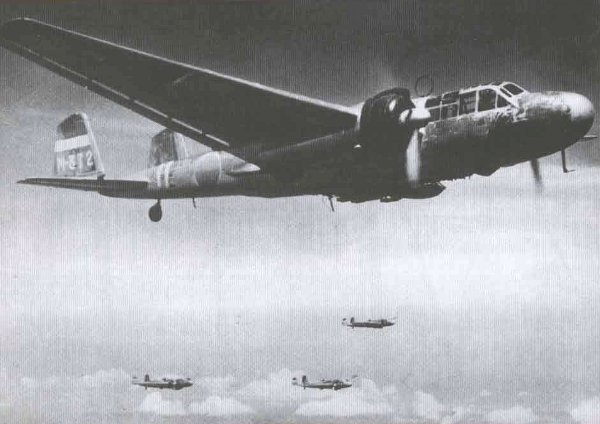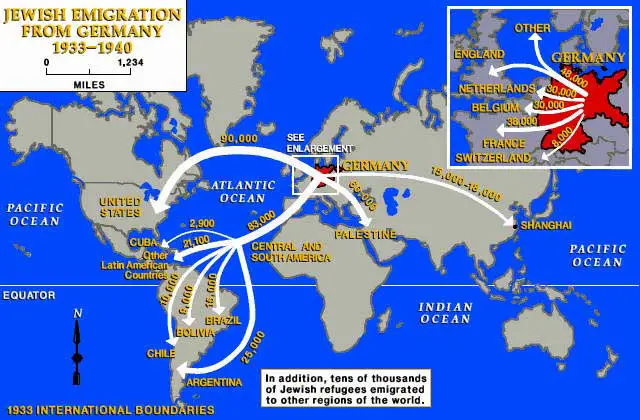Chapter 611: Bruneian Sultanate of Borneo in Turmoil

The massive Malay immigration from former British Malaya, enforced by Siam/ Thailand and Japan lead to many opportunities as well as problems for Sultan Ahmad Tajuddin. While his subjects (especially the Malay ones) greatly increased and gave him more power, many locals and new colonists also gave him trouble, as they opposed this changes. The local Chinese for example protested and later revolted that Japanese traders and plantation owners were (sometimes forcefully) kicking them out of their business to dominate the trade and economy of this new Co-Prosperity Sphere member state themselves). The local natives, the Dayak were tried to be integrated into the new Sultanate of Brunei/ Borneo Empire with various means. The more coastal Dayak populations of tribes like the Banjarese, Bakumpai, Bulungan, Kutainese, Paser and Tidung, who were in their majority Mohammedan, were considered to be Mohammedanised and Malayised, as they had many miscegenation with the Malay people, culture and sultanate system. These tribes identified themselves as Melayu or subgroups of the Malay themselves and their close cultural identity was used by the Malay people of the Brunei Sultanate to fully integrate them as Malay into their society, to further increase their numbers and decrease that of tribal Dayak who resisted them in the heart of Borneo.
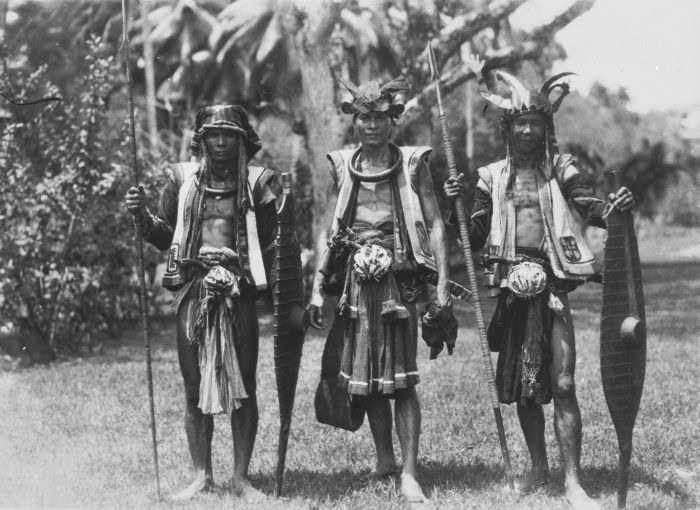
The Dayak living more inside the island of Borneo, like the Bahau, Iban, Kenyah, Lawangan, Maanyan, Murut, Ngaju, Ot Danum and Punan, as well as other ethnic groups like the Bajau, Bisayah, Orang Ulu, Kadazandusun, Kalimantan (Bajau Illanu, Sama and Tausūg), Melanau, Rungus and Tausug, were seen as Dayak by the Sultanate, even if many of them had their cultural origins in the southern Philippines and differentiated greatly in culture and history from the Dayak. It would take until the 1980ies when most of this groups were finally classified as Moro in their own umbrella term, a time when they and most Dayak were either absorbed into Malayan society or already extinct. The Dayak would simply call this times the End in their language, a Dayak word that would later be used to describe the assimilation or extermination of all their and other native people inside of Borneo. Originally this tragedy was never truly planned as the Brunei Sultanate had hoped to use the Dayak and other natives as workers on their new plantation and mines on behalf of their Japanese or Malay owners.

The Japanese themselves had send more soldiers as garrison to the island, mainly until local Malay police, militia or army forces would be trained by them to take over. In Kuching the Japanese stationed the 40th and 41st Garrison (2000 soldiers in total), in Martapgera, Bandjermasin and Pelaimari, the Japanese stationed parts of the the 71th Independent Mixed forces (with 4,200 soldiers, 2,000 of those mixed combat troops), in Balikapan the Japanese stationed parts of the 71th Independent Mixed forces (6,800 soldiers, 2,000 of those mixed combat troops) alongside one of their fleets. Inside the Capital of Brunei itself and the Brunei Bay, the Japanese stationed 2,000 forces, 500 of them from the Naval Garrison Forces (NGF). In the Northeast coast of the Brunei Sultanate in Borneo, in the Sabah province, the Japanese stationed 4,000 soldiers of the U/I Independent Mixed Brigade at Tarakan (1,800 of these mixed combat troops) alongside another fleet, 1,500 troops (1,000 of those as mixed combat forces) of the 56th Mixed Combat forces at Tawan, 4,000 Japanese (3,000 of those as mixed combat forces) soldiers 56th Mixed Combat forces at Sandakan and Beluran, 1,500 troops (1,000 of those as mixed combat forces) of the 56th Mixed Combat forces at Kodat and a detachment of 800 soldiers of the 56th Mixed Combat forces at Jesselton against the resisting native tribes and ethnic groups there (mainly Moro ones). Furthermore 4,000 Japanese Mobile Combat soldiers of the 25th Independent Mixed Forces, the 553rd, 554th and 432nd Independent Forces were fighting Dayak insurgencies in the heart of Borneo, alongside Malayan police, militia and later even Malayan Army troops.

Originally the Dayak have had little opposition to the incoming Malayan, Japanese or Chinese settlers, but as their new cities, towns and plantations expanded alongside the rivers further inland, completely ignoring local tribal territory and settlements, when the Malayan began to force them to work on plantation, this changed. The Borneo Sultanate tried to integrate the Dayak and Moro tribes and people the best way they know how, by offering them work during the construction of houses, roads and bridges, giving them work on their plantations and integrating them into the Sultanates state by incorporating them into the taxation system. This way the Bruneian Sultante hoped that the Dayak and Moro could be slowly further integrated into their economy, society and state. The Malayans even saw it as a necessity of cultural and religious education towards the indigenous inhabitants. However instead of opening the natives up to global trade and economic understanding, the Dayak and Moro resisted the in their eyes unfair taxation and government control. Suddenly families had to pay for their houses, the members of their clans living there, the rice and other things they farmed, the deer, fish and other things they hunted, the animal and boat numbers they had and even the overall area of land their tribes claimed as their territory. Nomadic tribes were even forced to settle down, so that the government and the Japanese could more easily observe and control their overall activity and integrate them into the tax system too. The fact that the Bruneian Malayan government used their inability to pay many of this taxes to force them to work on their plantations or on their labor projects further enraged and alienated the natives from the new colonial rulers the more this practice increased. As both the Bruneian and the Japanese incorporated former criminals held by the Allies on the island in their militia and military further increased the spiral of hatred and violence. This in return quickly lead to Dayak responses of raiding small towns and plantations, burning the colonist buildings and retreating into the jungle in hopes this would stop their advances deeper into their tribal lands.

Clearly the Dayak were also massively encouraged by the Allied forces who had send special forces by para-shoot or with submarines and merchant transport ships under false flags whenever possible. Eleven American US Airman and Australian special operatives trained thousand of Dayak in guerrilla warfare and during the Second Great War these Dayak forces killed or captured around 1,500 Japanese soldiers and around 2,300 Malayan ones. They also provided the Allies with vital information about Japanese-held oil fields on the island and tied down many Co-Prosperity Sphere Forces, who could have otherwise be used in India or the Pacific. As a result the Malayans and Japanese used images of native Dayak with their spears and human skulls to portray them as cannibalistic monsters who raided peaceful towns and plantations. As a result many Malayan and Japanese soldiers employed against the Dayak treated the indigenous poorly and retaliated with massacres against them, that in return often only pushed more Dayak into guerrilla opposition, as they feared the colonialists would do the same to them next. This in return greatly helped the Allies to rally the Dayak and Moro against the Malayan and Japanese forces of the Co-Prosperity Sphere. The Japanese would call this times in Borneo the Dayak Insurgency, the natives called it the End. Of major help for the Allies were the Chinese Traders and Coolie (laborer) who knew the regions like no other and had mostly been replaced by the Malayans and the Japanese in their businesses and were now often unwanted, second class citizens. They supplied the Dayak rebels with modern weapons and equipment often delivered by the Allies themselves, sometimes robbed from Malayan and Japanese stockpiles. They and the Allied training proved way more efficient against Malayan Police and Militia as well as their regular armed forces much more then the spears and shields they had used before. What helped them too was the mountainous, jungle terrain itself, were the Malayan and Japanese had to use small river boats, jungle and mountain paths or even build completely new roads and railways (often by Allied Prisoners of War, or enslaved natives) to get to their designated areas to fight the Dayak rebels. This meant their camps were prime targets for Dayak rebel attacks to liberate Allied prisoners or their own ones.

However not all Dayal and Moro openly resisted this new colonialists as some opted to rather join them instead. Those Dayal and Moro who joined the Brunei Sultanate were soon known as Melayu, not quit Malayan, but far better off then their native brothers and sister. The Melayu themselves were integrated into the Malay society, had to pay taxes and work regularly, while they were assimilated culturally and religiously as best as possible. Many Melayu adopted the Mohammedan faith and some even integrated so fully into the Malay Brunei Sultanate of Borneo (later also known as the island of Malaysia) that they were nearly indistinguishable from the Malay themselves within a few generations. The other major group were the Nypponyu (or Nipponjin), those Dayak and Moro that rather accepted the Japanese faith of Buddhism and Shintoism, as well as adopting parts or all of the Japanese culture and society. The were often converted by Buddhist Monks or Shinto Priests, who erected and established Buddhist Temples or Shinto Shrines in their native villages. From that very moment on these Dayak and Moro tribes were under special protection of the Japanese, who encouraged them further to assimilate into their society and culture, while working as closely with Japanese colonists on the island as possible. For Japan they were a means of influencing the Sultanate from within, similar to the Japanese settlers and therefore they protected their claimed lands and ares of influence as Japanese colonial settlements and future plantations and mining regions, often to the displeasure of the Brunei Sultanate that let them do so as they heavily depended on Japanese trade for their economy and Japanese Army and Japanese Navy forces for their independence.







